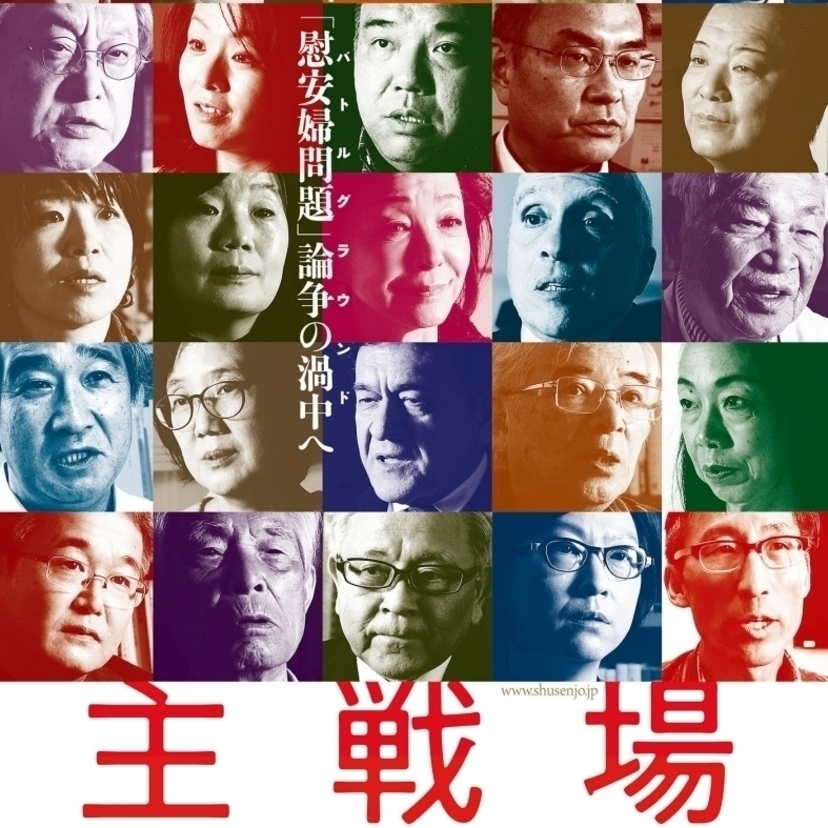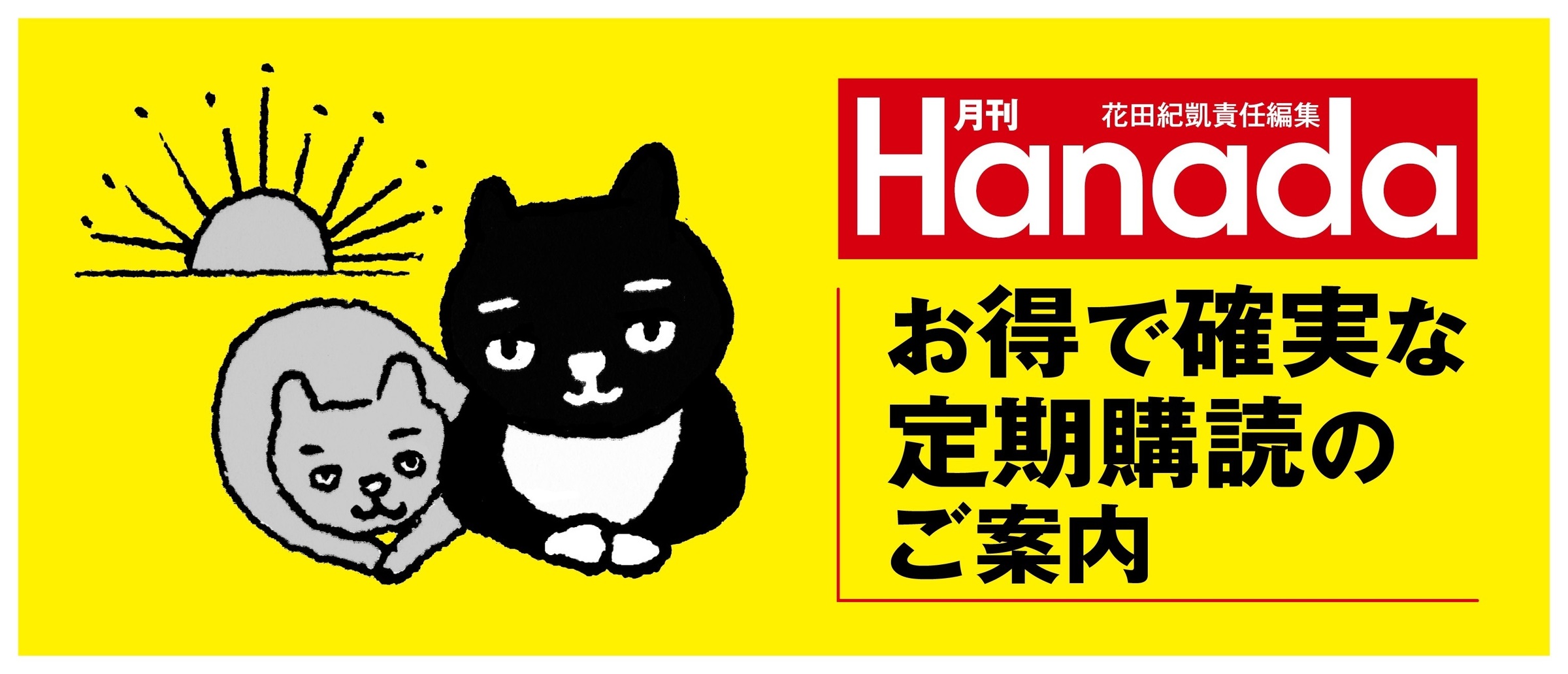One very important point is that the term "military comfort woman" was coined by Kako Senda, a writer, in the 1970's. Actually, "comfort women" did exist. But there was no such occupation as "military comfort women." In his book, Senda wrote that he had read an article of the Seoul Shinmun which said, "From 1943 to 1945, about 200,000 young Korean women were gathered in the name of the Women's Volunteer Corps and between 50,000 and 70,000 of them were forced to become comfort women."
A researcher doubted Senda's work and sought out the article he referenced. He found it had nothing to do with comfort women. Instead, it said:
"About 200,000 women from Japan and Korea were gathered for the Women's Volunteer Corps. Between 50,000 and 70,000 of them were Koreans."
In August 2014 the Asahi Shimbun admitted it had confused comfort women with the women's volunteer corps and withdrew the relevant articles.
It is a fact that advocates of the "sex slave" theory used these unfounded large numbers in order to make the comfort women issue look very big so they could use it politically and diplomatically. Had Dezaki interviewed a scholar such as Tsutomu Nishioka, author of the book, Asahi Shimbun: Great Crimes Against the Japanese (Goku Publishing, 2014, in Japanese), this would have been readily pointed out.
Coercive Recruitment
At one point the film shows a circa 2007 clip of Prime Minister Abe answering questions in the Diet. He said, "There were no such cases as government authorities intruding into private houses and forcibly taking women away. There was no coercion."
The film then produced a clip of Etsuro Totsuka for the purpose of criticizing Abe. Totsuka was the lawyer who coined the word "sex-slave" and spread it throughout the United Nations. In the film, he said: "Abe claims that the women were not coerced because they were not forcibly taken away against their will and tied with ropes. But, legally speaking, 'coercive' means 'against their will.' Then, 'being deceived' is categorized as 'coercive' because it is 'against their will.' Most Korean women at that time were deceived."
In other words, since there was no coercion and there were no reported cases of forcible removal of women on the Korean Peninsula under Japanese governance, Totsuka expanded the definition of coerced to include the sense of "being deceived."
Gilbert and Fujiki were brought in and said: "The [comfort] women were recruited mainly by Korean dealers. There would have been cases in which women were deceived by the private dealers."
Mio Sugita added, "Newspapers at that time reported on many cases in which malicious dealers were arrested by the Japanese military, governor-general of Korea or the police."
The film then brought in Hirofumi Hayashi to refute. He argued, "Reports in newspapers at that time had nothing to do with the coercive recruitment of the comfort women. Certainly the police arrested malicious dealers who deceived women and prostituted them. But the police overlooked dealers who were requested to do so by the military."
All the same, I wish Hayashi had provided evidence for his statement. How could the police tell so-called malicious dealers from dealers who had allegedly been requested by the military?
Similar claims I was aware of had all been found to be groundless. If the police had been so discriminatory, it would have been very difficult to maintain security at the time.



